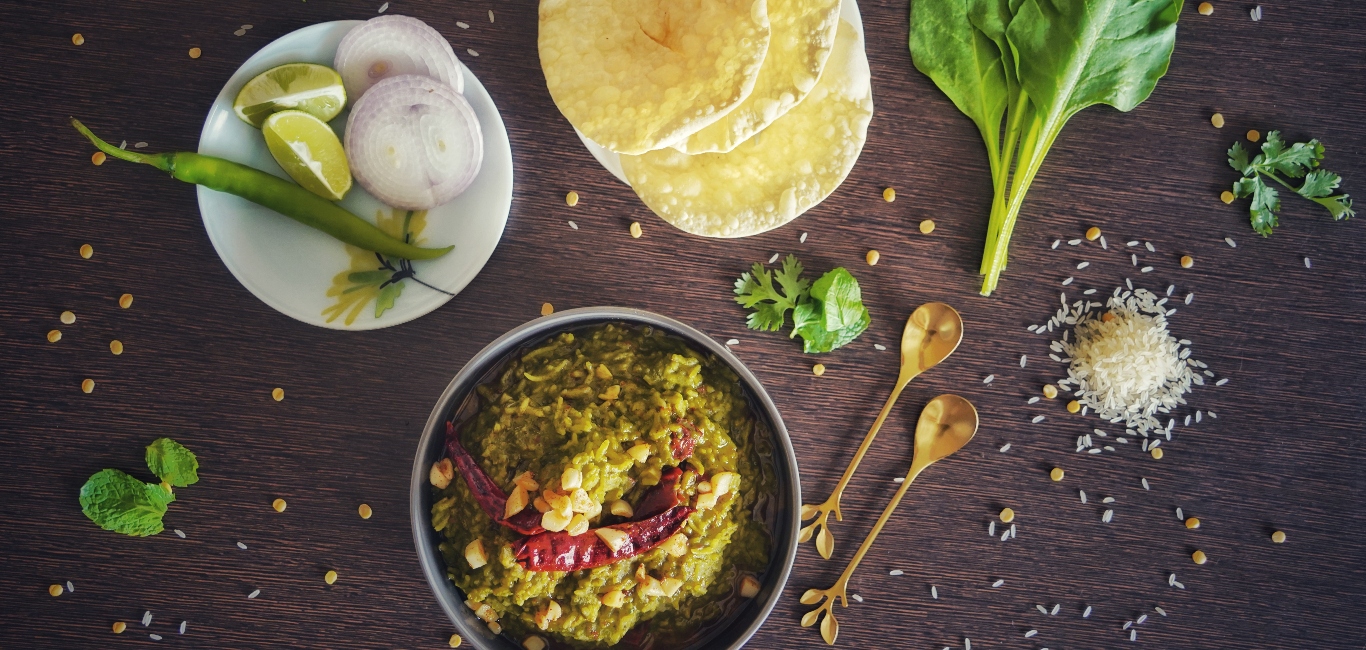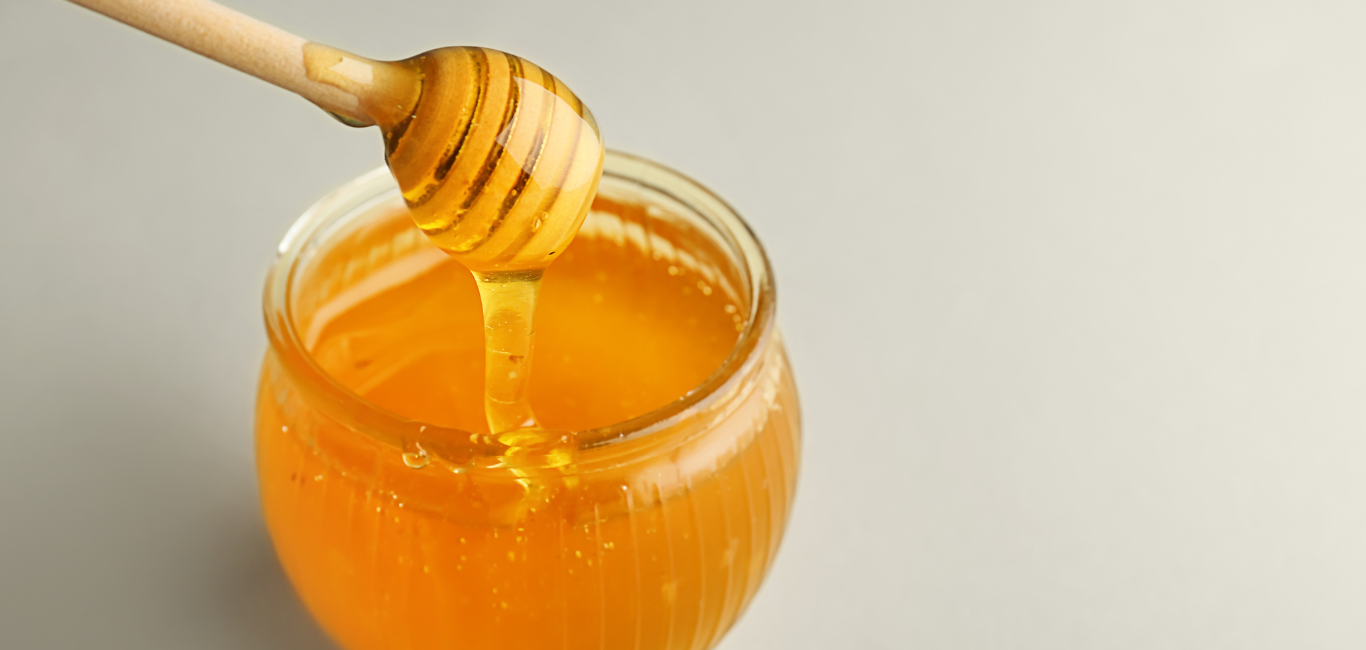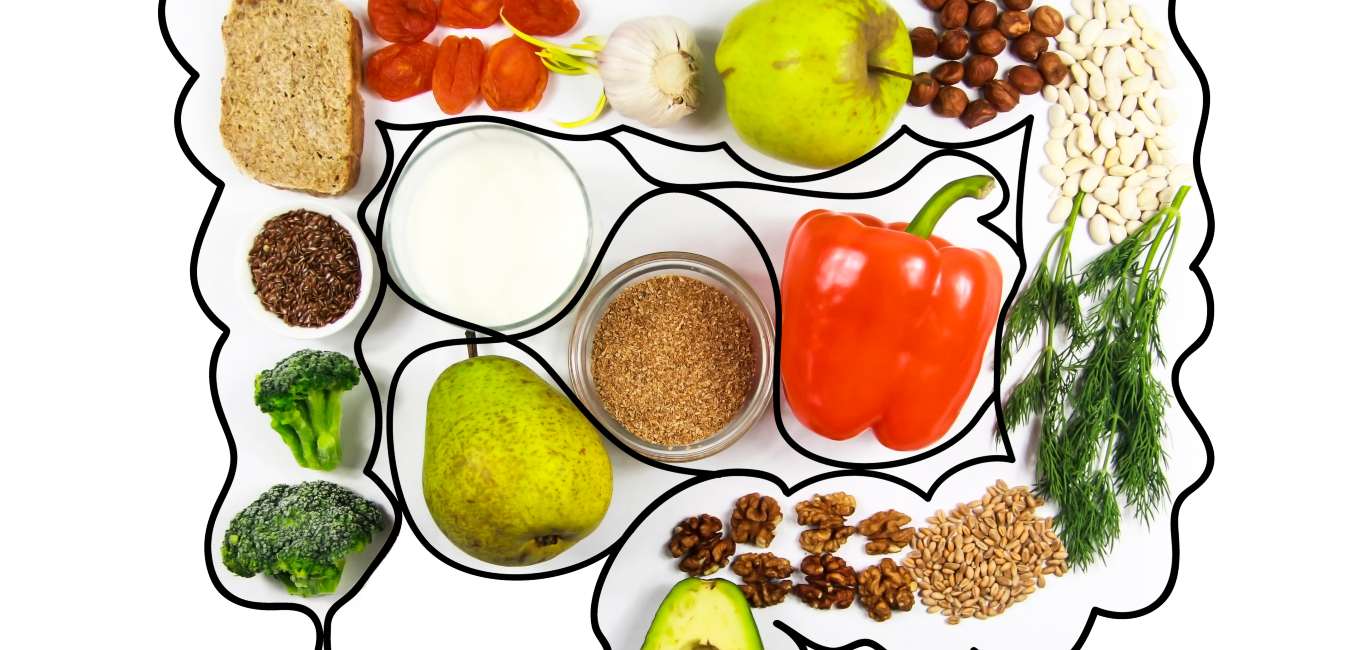
Maintaining a healthy diet is part of Jyothi Lakshmi’s lifestyle as a 47-year-old homemaker from Bengaluru. She incorporates sweet, sour, salty, pungent, astringent and bitter flavours in her meals. She shares with Happiest Health how she adds these six rasas to her diet daily.
In early 2022, her nutritionist suggested eating more bitter vegetables and greens for weight management. “Initially, I had trouble eating bitter veggies, but I experimented with different recipes. Eventually, I adapted to it and now these have become a regular part of my diet,” says Lakshmi.
Once she started eating a balanced meal with all tastes, she was able to manage her cravings and control the portion sizes, she added.
Ayurveda bases its theory of shadrasas or six tastes sweet, salty, sour, pungent or spicy, bitter, and astringent. Each of the six tastes is associated with two of the five elements or panchamahabhutas – earth, water, fire, wind, and space.
Each taste has a specific effect on our body. For instance, eating more sweet-tasting foods will make you feel heavier and eating bitter foods will make you feel lighter. And that’s why experts recommend the inclusion of six tastes for better health.
“Everyone needs six tastes, just in varying percentages. As per ayurvedic experts, you need to include all six tastes in every meal for optimal metabolism and satisfaction. This can also bring down your food cravings,” says Dr Mohammad Mukthaf, ayurveda practitioner in Mangalore.
Tastes according to ayurveda
In ayurveda, the taste has a much deeper significance, and it defines the food. Ayurveda considers rasa or tastes a relevant factor in determining the effect that various foods, herbs, and spices have on maintaining physical and mental balance.
An ayurvedic meal platter should have a balanced quantity of each of the six tastes based on your body type (prakriti), the current state of the body (vikriti), and even the season.
“The taste of each food affects both the mind and the body. Ayurvedic practitioners believe that different types of food can result in physical and mental changes,” says Dr Sruthi Bhat, ayurveda expert, Param Wellness, Edison, New Jersey.
Eating for Balance
“We have lost the connection with nature’s alkaline herbs and instead eat meals of predominantly sweet, sour, and savoury tastes with little astringent and no bitterness,” says Dr Mukthaf.
Foods such as pomegranate, spinach, broccoli, asparagus, coriander, fennel, and turmeric are not a part of many plates due to their bitter taste.
It is much easier than you might think to include all six flavours in your diet. To achieve this, you need to be aware of the tastes and put a little extra thought into your meal planning.
Sweet taste is nutritious
When you think of sweet taste, what comes to your mind? Food that contains sugar is sweet. However, ayurvedic physicians consider healthy, unprocessed sweet foods like coconut, sweet potato, fruits, nuts, and root veggies. This nourishing taste is associated with the elements of earth and water. “They are heavy, cooling and lubricating and good for vata dosha and when eaten in moderation, they promote strength and build healthy tissues and bodily fluids,” adds Dr Bhat.
| SWEET FOODS |
| dates, fruits, carrots, sweet potato, beetroots, rice, wheat, urad dal, corn, cashew, coconut, almonds, milk, ghee, egg, cardamom, saffron, basil, whole grains, and dairy (except yoghurt and curd) |
Nature’s salt, not chips
The salty taste is associated with water and fire. It is heavy, heating and lubricating. This taste is good for people with vata nature, but that does not mean finishing a whole packet of salted chips for snacks. It is advised to sprinkle some Himalayan salt or rock salt to your meals or buttermilk. People with pitta and kapha nature should incorporate salty foods in moderation. Dr Bhat explains, when taken in moderation, salty foods stimulate digestion, help to maintain electrolyte balance, and help with easy bowel movements.
| SALTY FOODS |
| rock salt, Himalayan pink salt, table salt, tuna, cottage cheese, processed cheese, sauces, salad dressings, and celery. |
Sour taste- a flavourful kick
Citrus fruits and vegetables and all fermented foods like kombucha, vinegar, yoghurt, curd, and pickles are acidic foods. The sour taste is associated with earth and fire which is a good option for a vata person. Pitta or kapha people should indulge in these foods less frequently. Sour taste helps in improving appetite, digestion, and elimination.
| SOUR FOODS |
| lemon, orange, lime, grapefruit, tamarind, tomato, buttermilk, cheese, yoghurt, vinegar, fermented foods, lime juice, bread (dough), gooseberry |
Pungent taste improves appetite
It includes hot and spicy foods like garlic, radish, dry ginger and hot peppers, which improve appetite, clear sinuses, and stimulate blood circulation. “Sharp and strong taste is related to fire and air elements and is suitable for a kapha and vata person. Pitta people should take these only in moderation,” says Dr Bhat.
| PUNGENT FOODS |
| onion, garlic, radish, turnip, mustard, dry ginger, black pepper, asafoetida (hing), chilli, and buckwheat |
Bitter, a better cleanser
Bitter taste is a combination of wind and space, and a lot of herbs fall in this category. The bitter taste of foods acts as a cleanser, is alkaline in nature, and lowers blood sugar. They have cool and dry qualities that are good for weight loss and work well for kapha and pitta people. Dr Bhat says that dandelion root, turmeric and fenugreek are also excellent sources of bitter foods that are easily available in your kitchen. You should add some bitter taste to your meals but in lesser amounts.
| BITTER FOODS |
| turmeric, leafy greens, bitter gourd, bitter melon, eggplant, fenugreek, cocoa, coffee, sesame, cumin, curry leaves, neem, cabbage, broccoli, green tea, cranberries, and red wine |
Astringent – ick but good
Astringent foods have a grainy and icky taste. Think of the taste of lentils that were not cooked long enough. “Many beans and legumes are astringent in nature, as are broccoli and cauliflower, all known to create gas but adding asafoetida (hing) will help,” advises Dr Bhat. Astringents are cooling and cleansing in nature. Most ayurvedic medicines are astringent in taste. They are made up of elements of earth and wind and are suitable for kapha and pitta.
| ASTRINGENT FOODS |
| lentils, pomegranate, chickpea, s, green banana, apple, beans, quinoa, coriander, avocado, raw vegetables, cauliflower, broccoli, legumes, and tofu |
How to choose a meal that offers all six tastes
Explore what you usually eat and see what tastes you feed yourself. Consider adding a little bit of the flavours you missed in your next meal. Adding salads and healthy side dishes to your primary plate is the easiest way to include all flavours. We have a sample menu of palak khichdi to give you an idea of what a meal with six flavours must include. The ingredients of khichdi include basmati rice is sweet; Himalayan pink salt is salty; lemon has a sour tangy flavour; ginger, garlic, and chilli have a pungent taste; turmeric and palak are bitter, and legumes and coriander are astringent.

















